How it all began or the road to the Russian North

Ancient monasteries as doors to another world
As I wrote in the previous post dedicated to the wooden chapel on the island of Kizhi, I made a long journey from the city of Kostroma to Lake Onega. This way lay through the city of Vologda and spread by two very interesting places. These are two monasteries. Kirilov-Belozersky and Ferapontov monasteries.
Today I want to talk about one of these monasteries. This is the Ferapontov Monastery. In terms of the sequence of these places, when moving from Vologda to the north, I should have started with the Kirilo-Belozersky monastery. They are located nearby, but still, Kirilo-Belozersky is a little closer to Vologda.
But I deliberately decided to first tell about the Ferapontov Monastery.
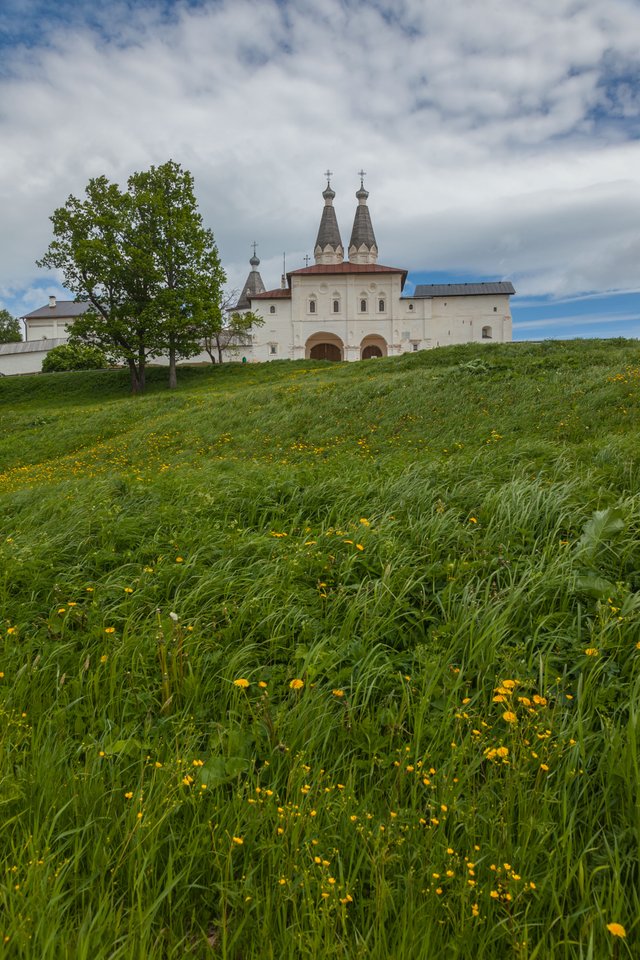
It is interesting that the nature of this land perfectly highlights the meaning of the Orthodox faith. The nature here is strict. I was in this place for the second time and both times in the very beginning of the summer. Cold water in the lake and the severity of the wind blowing from the water does not give a sense of relaxation.
Yet it is north and here in severe natural conditions such a church is strict and ascetic.
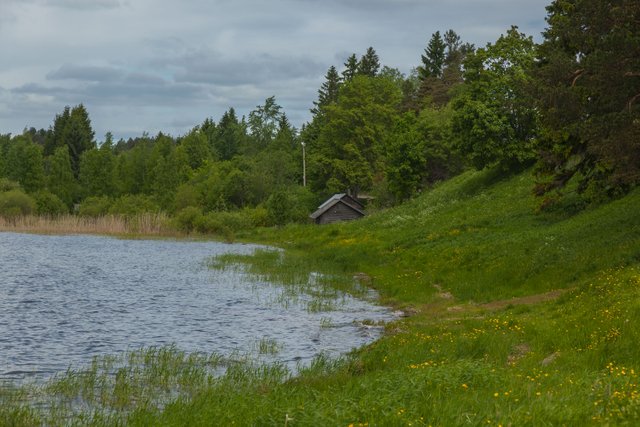
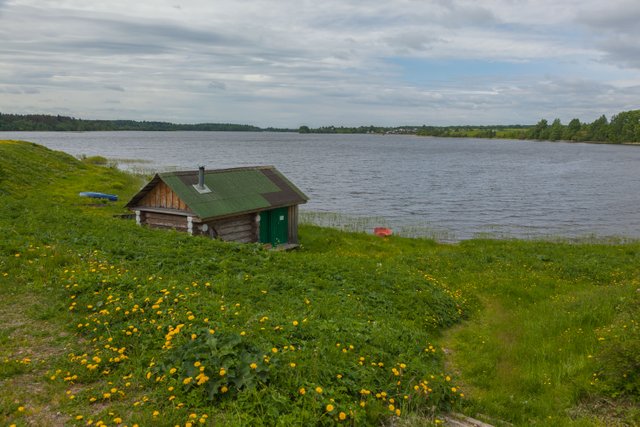
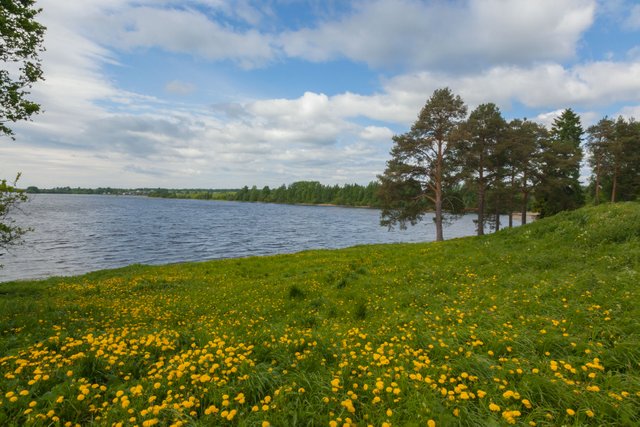
The pictures show the lake. This is the Boroda Lake. This system consists of several groups of lakes, the origin of which is considered to be the most ancient on the territory of the modern north-western part of Russia. This is a combination of postglacial reservoirs with the glacial type of lake basins, which began its formation about 23 thousand years ago during the last (Valdai) glaciation and was finally formed over the last 5 thousand years. Borodaevskaya group of lakes is located within the Belozersko-Kirillovsky landscape not far from the village. Ferapontovo and the city of Kirillov with their famous monasteries - Ferapontov and Kirillo-Belozersky. The reservoirs are interconnected by a network of rivers or ducts.
Not on the shore of the lake are the walls of the monastery.
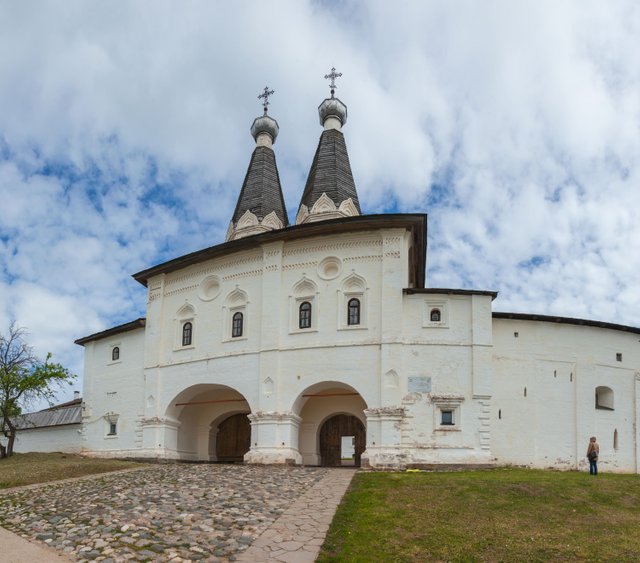
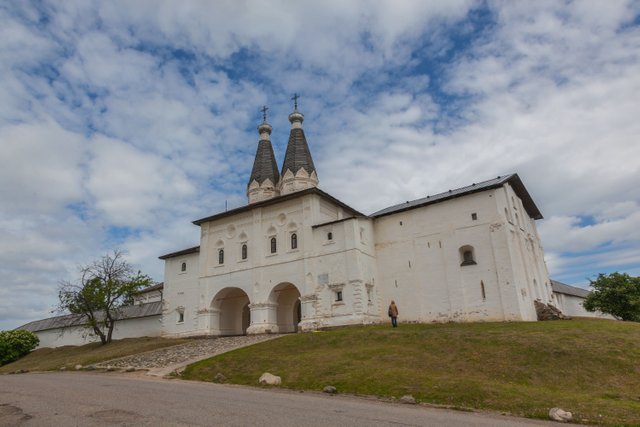
Through the double-headed gate church we enter the territory of the monastery.
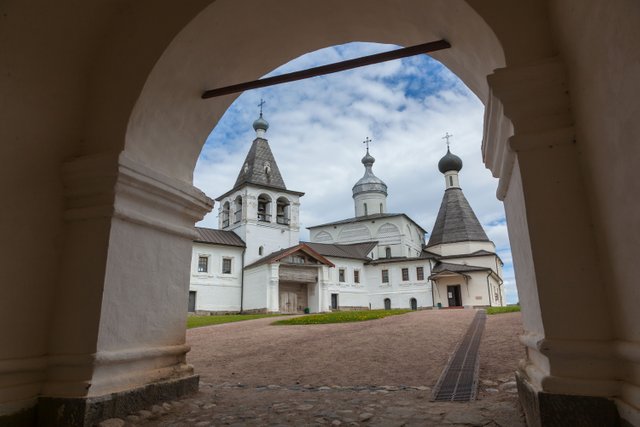
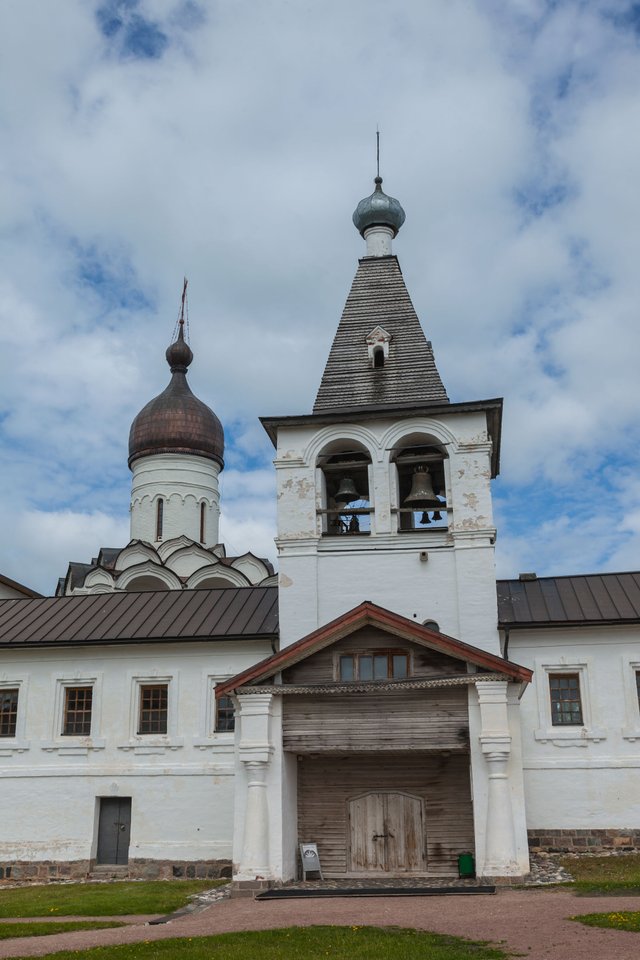
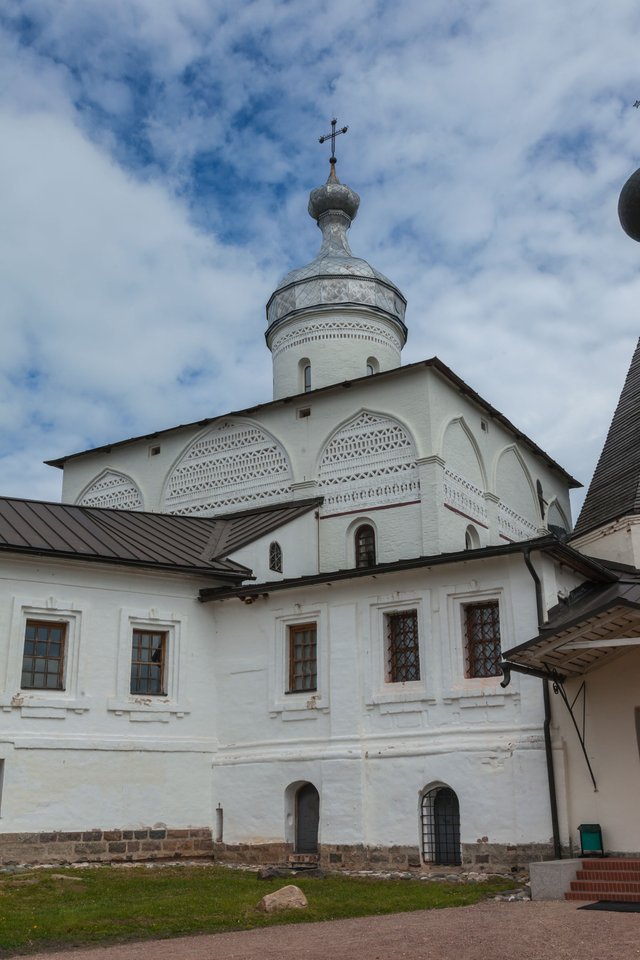
History of the Ferapontov monastery
Kirillo-Belozersky and Ferapontov monasteries are closely connected with each other already from the very beginning. The founder Ferapontov monastery Ferapont arrived together with Kirill on Beloozero from the Simonov Monastery in 1397 and settled with him on the shore of the Siversky Lake. However, a year later he separated from Cyril and founded his monastery twenty kilometers to the north-east of Kirillov, amidst a picturesque area, on a low hill between Borodaevsky and Paskie Lakes. Ferapont stayed for a short time in Beloozero: in 10 years he was summoned by Prince Andrey Dmitrievich, the younger brother of the Grand Duke Vasily of Moscow, to Mozhaisk to set up a new monastery known as Luzhetsky.
By the time Ferapont left, the monastery remained a modest abode, numbering about fifteen monks, and much inferior to the monastery that had begun to grow rich in Kirillov. The more intensive growth of the Ferapontov Monastery began later, in the middle of the 15th century, when it was ruled by the outstanding church figure Martinian. Having enjoyed authority in church circles, he did not remain aloof from participation in political affairs.
In 1447, Prince Vasily II the Dark, visited the Ferapontov Monastery and received the blessing of Martinian to march against Dmitri Shemyaka, who had taken Moscow. In gratitude for support, Basil II ordered to transfer Martinian to the hegumen of the Trinity-Sergius Monastery.
The Martinian was an enlightened man. Since the time of his hegumen, the Ferapontov monastery along with Kirillov has become an important center for book business. Significant is the following episode: in 1489 the Novgorod Archbishop Gennady, who needed rare books for the struggle with the heretics, sent a monastery to Ferapontov for them. Martinian, buried in 1483 in a monastery and around 1550, ranked as a saint, along with Ferapont was later considered the patron saint of the monastery.
And other major church figures came from the Ferapontov Monastery. With one of them, the Bishop of Rostov, Joasaph, who came from the noble family of the princes of the Obolensky and in the past the Ferapontov monk, it is customary to connect the beginning of stone construction in the monastery. The return of the bishop who left the Rostov chair in Ferapontov coincided with a fire that destroyed many monastic buildings. The construction of the stone church of the Nativity of the Mother of God, preserved to this day, hardly happened without the help of Joasaph, especially since there is a story that during the fire in his cell there was a miracle that survived a certain "treasure", intended for monastic needs. It is believed that it was Joasaph invited to the monastery for the painting of the cathedral of Dionysius, the largest artist of Moscow Rus.
If the construction activity of the Ferapontov Monastery in the 15th-16th centuries can not be compared with the grandiose construction of the Kirillov Monastery, then its scale was significant at that time. By the middle of the XVI century the monastery already had several stone buildings: a cathedral, a refectory, a state chambers.
In 1614, when the Ferapontov Monastery was captured by the Cossack detachments, its buildings were relatively poorly ruined. However, the economic decline associated with the Lithuanian invasion, delayed further construction work for more than two decades. By the 1640s, a brief period of a new upsurge of the monastery was associated with the revival of stone construction.
Following this, the entire monastic economy began to decline gradually. Characteristic in this respect is the testimony of the Patriarch Nikon, exiled here in the second half of the 17th century: "Life in the Ferapontov Monastery is meager, its small patrimonial estate and the peasants have become poor until the end."
The stay of Nikon in the Ferapontov exile, which lasted from 1666 to 1676, also contributed to the ruin of the monastery. Sent here after depositing it with a church cathedral, Nikon did not want to reckon with his fall and demanded retribution of patriarchal honors. This was facilitated by the uncertainty of his position. The periods of strict, almost prison imprisonment alternated with all sorts of indulgences and privileges. The disgraced lord did not cease to hope for an early return, and the monastic authorities had to reckon with the vagaries of the old man spoiled by power. Suffice it to say that for Nikon, according to his instructions, some special mansions were built - "cells many lives from twenty-five", with "gatherings and shoots". The construction of these cells spent a considerable amount for those times - 672 rubles. By the order of Nikon, among Borodaevsky Lake, an artificial island with a cross shape was built from stones. To the table of the former patriarch were delivered sturgeon, apples, watermelons. From nine monasteries, all supplies were collected for its maintenance every year, and later - money in the amount of 839 rubles.
In 1676, after the death of Alexei Mikhailovich, Nikon's position in the monastery deteriorated sharply. Patriarch Joachim, his longtime enemy, presented him with numerous accusations, including the charge of communication with the envoys of Stepan Razin.
Nikon was transferred to the reinforced supervision of the Kirillov Monastery, where he stayed for another five years, almost until his death.
From the end of the XVII century Ferapontov monastery was on the verge of complete ruin. In 1798, it was abolished, and the churches were made parochial. In the XVIII and XIX centuries, the ancient monastic buildings were subjected to perestroika, many of them were broken. In 1857, instead of wooden monastery walls, they were surrounded by a low fence partially preserved until now.
At the beginning of this century, in connection with the 500th anniversary of its founding, the monastery was again briefly opened, but already as a woman. In preparation for the opening, a new restructuring began, suspended by the intervention of the Imperial Archaeological Commission. At the same time, the attention of scientists was attracted by the remarkable murals of the Nativity Cathedral, which was dedicated to the monograph published in 1911 by V.T. St. George's. In 1908 - 1915 in the monastery were carried out significant restoration work, completed already in the 1920s. Restoration study was started by outstanding experts of the ancient Russian architecture. Pokryshkin and K.K. Romanov, directly supervised the work of A.G. Walter, and later V.V. Danilov. Particular attention was paid to the frescoes of the Nativity Cathedral, which were partially strengthened. After that, the restoration work was stopped for a long time and was only resumed in the 1970s.
The ensemble of monuments of the Ferapontov Monastery of the XV - XVII centuries, together with the wall paintings of Dionysius in 2000, was inscribed on the UNESCO World Heritage List. Here is a branch of the Kirillo-Belozersky Historical, Architectural and Art Museum-Reserve Museum of Frescoes of Dionysius.
Info from Here

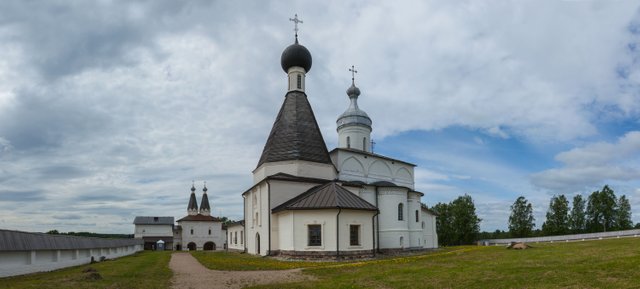
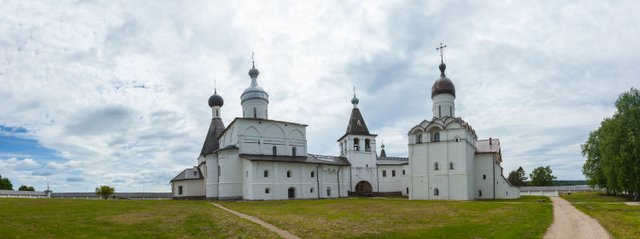
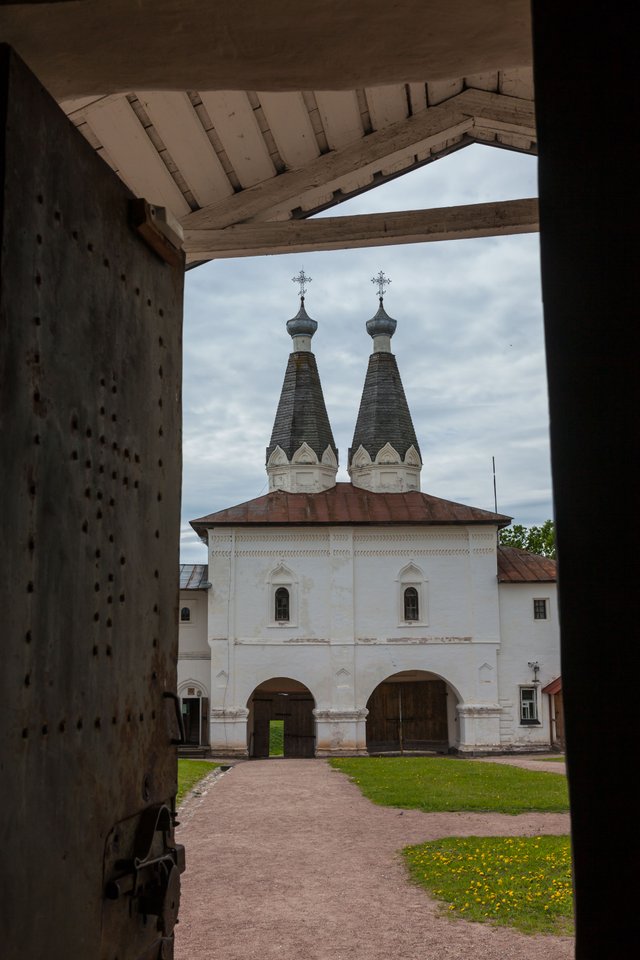
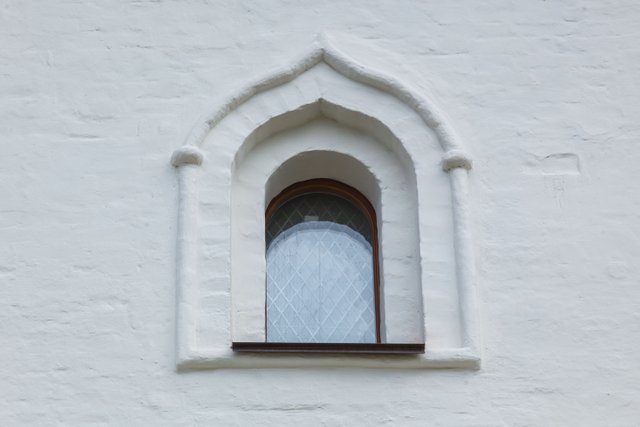
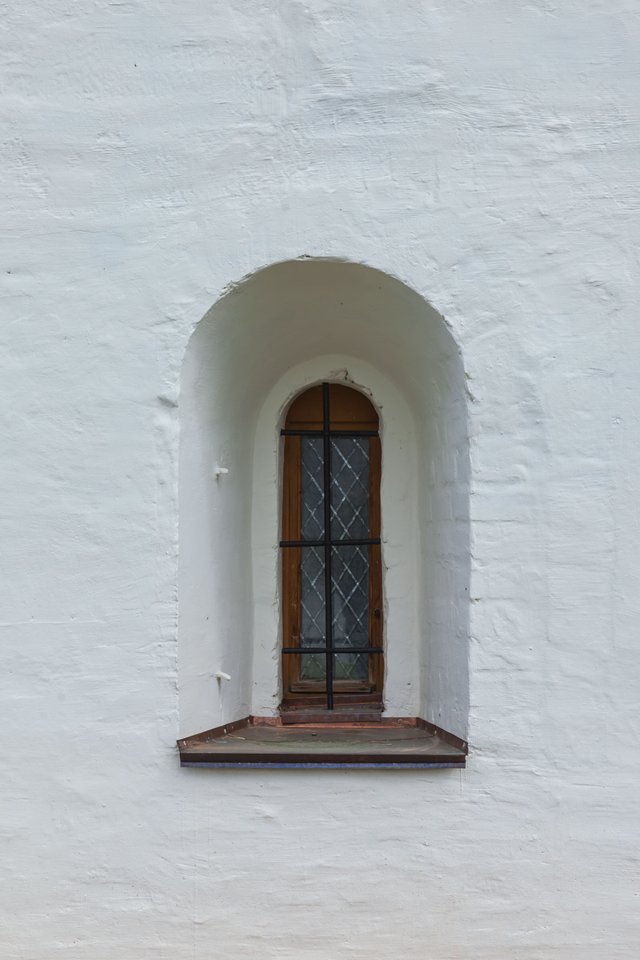
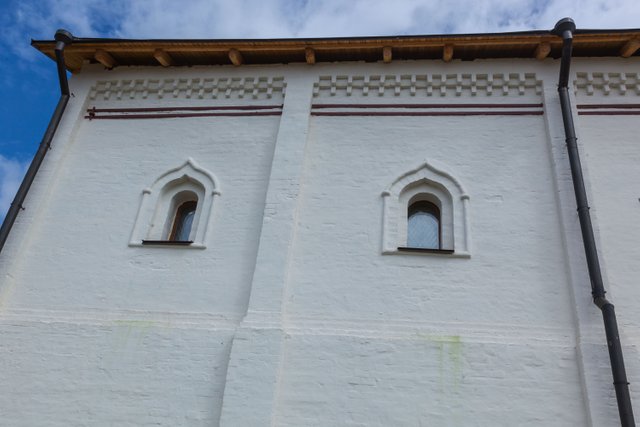
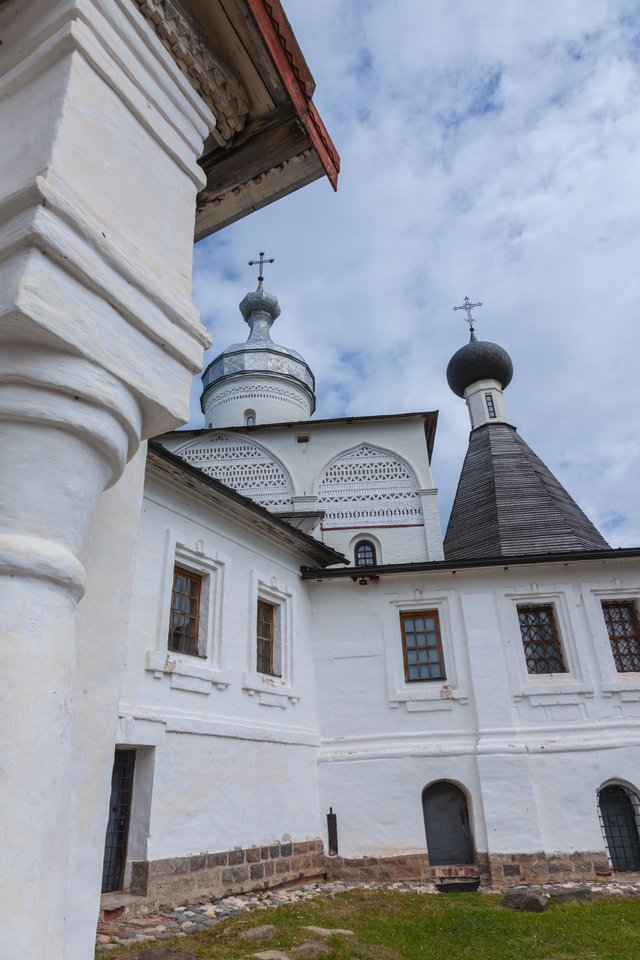
Frescos
Formation of the stone ensemble of the Ferapontov Monastery of the XV-XVH centuries. began in 1490 with the construction of Rostov masters of the first stone church Belozerye - the Cathedral of the Nativity of the Virgin. Of the six surviving stone buildings of the Ferapontov Monastery, the cathedral has a special significance. According to the text of the chronicle on the slope of the north door, it is painted by Dionysius and his sons from August 6 to September 8, 1502. This is the only surviving painting of the outstanding ancient Russian artist Dionisy, the direct heir of Andrei Rublev and the last representative of Russian national art in the period of his heyday and the formation of the united Russian state.
Read my profile if want me to resteem your post to over 72,500 followers. @a-0-0
World of Photography
>Visit the website<
You have earned 6.50 XP for sharing your photo!
Daily photos: 1/2
Daily comments: 0/5
Multiplier: 1.30
Block time: 2018-06-05T06:46:24
Total XP: 1921.74/3200.00
Total Photos: 160
Total comments: 12
Total contest wins: 18
Follow: @photocontests
Join the Discord channel: click!
Play and win SBD: @fairlotto
Daily Steem Statistics: @dailysteemreport
Learn how to program Steem-Python applications: @steempytutorials
Developed and sponsored by: @juliank
This post was shared in the Curation Collective Discord community for curators, and upvoted and resteemed by the @c-squared community account after manual review.